
Case Study
Shaw Computer Systems delivers proactive cybersecurity at scale with Covalence
Learn how Shaw Computer Services delivers proactive cybersecurity solutions with Field Effect Covalence.
Resources
Recent case studies

Case Study
Learn how Shaw Computer Services delivers proactive cybersecurity solutions with Field Effect Covalence.
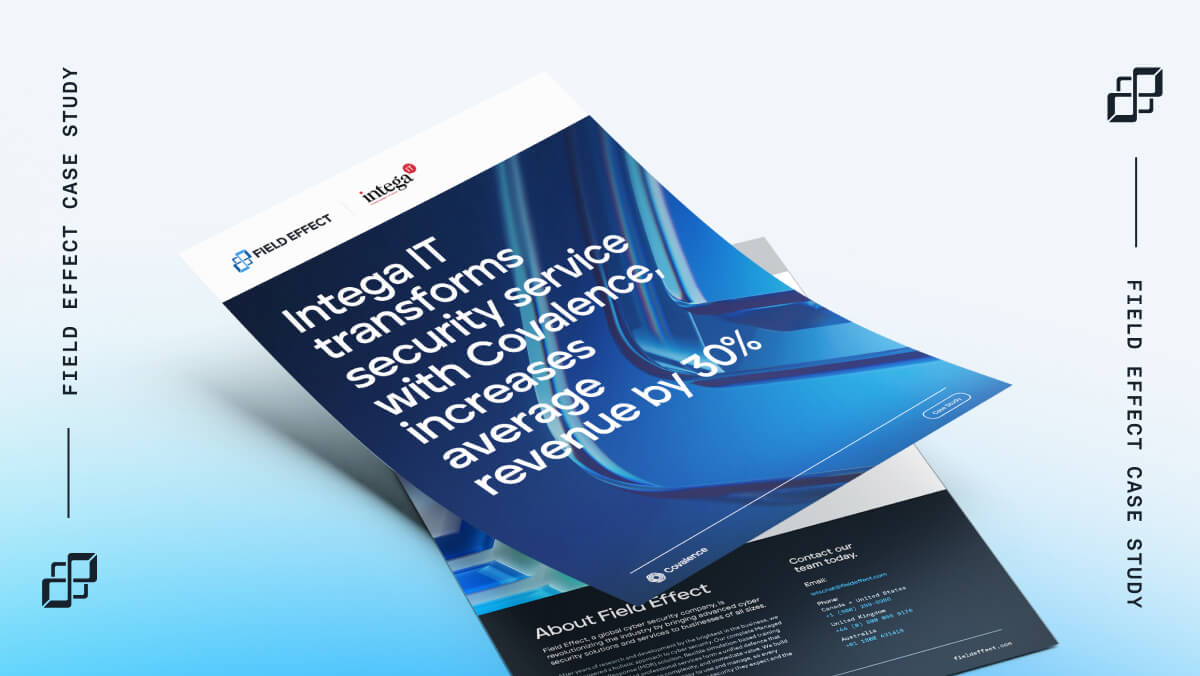
Case Study
Learn how Intega IT increased average revenue by 30% per client and drove new business with Field Effect Covalence.
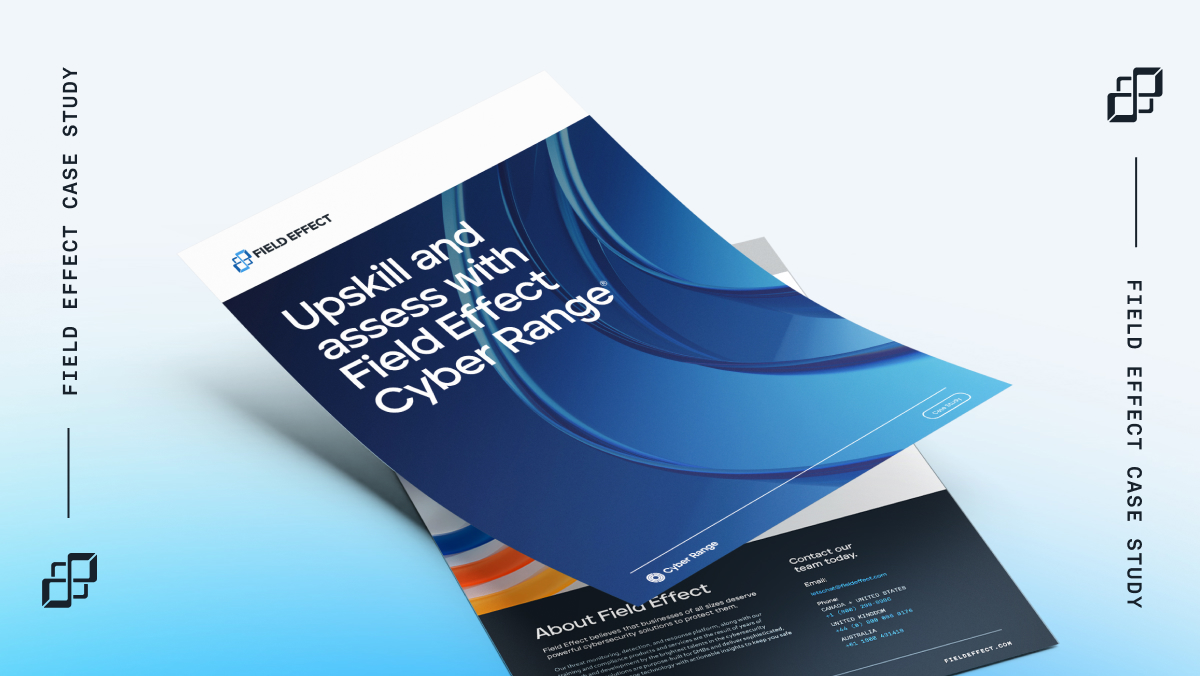
Case Study
Discover how Cyber Range helps MSSPs train and upskill team members, assess potential hires, and more. Get the free...
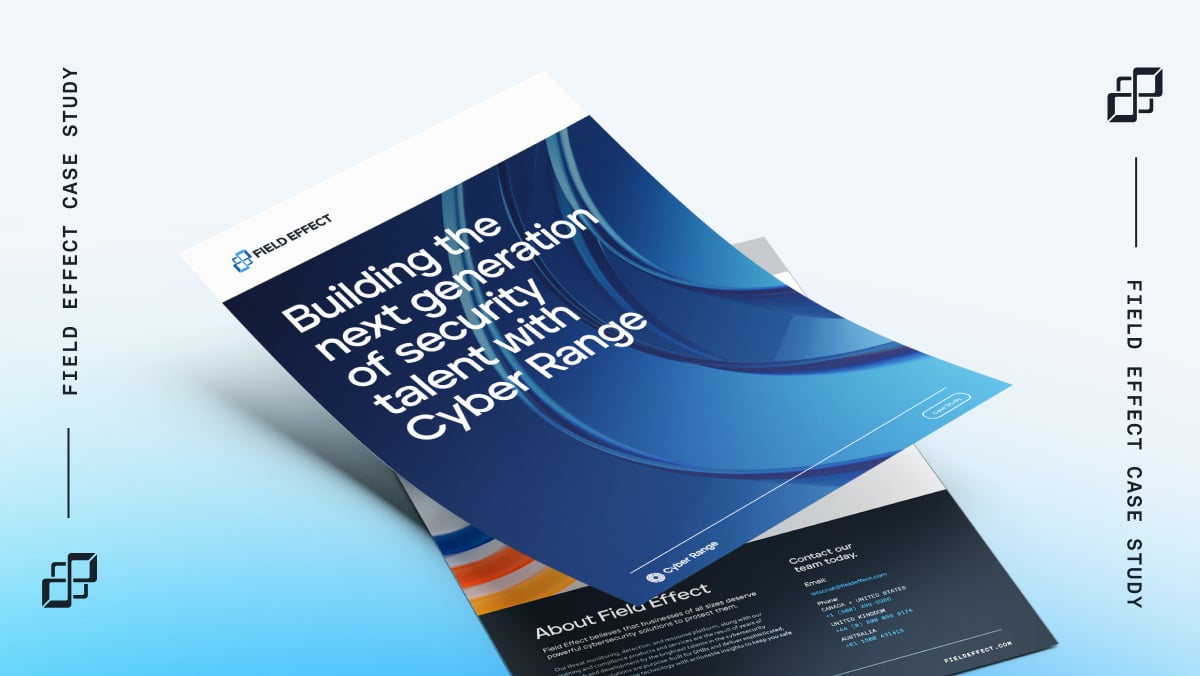
Case Study
Cyber Range helps shape future cybersecurity talent with easy-to-use simulation so students spend more time with hands...
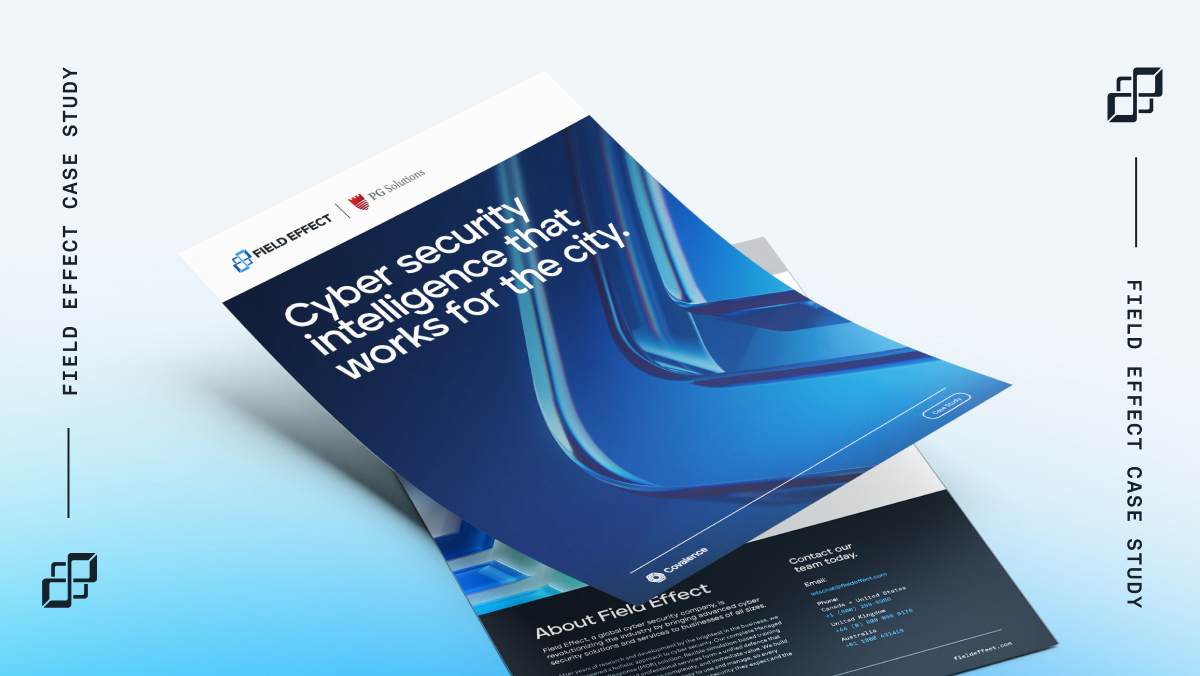
Case Study
Learn how the City of Roberval strengthened its municipal cybersecurity to protect city assets and data with Field...
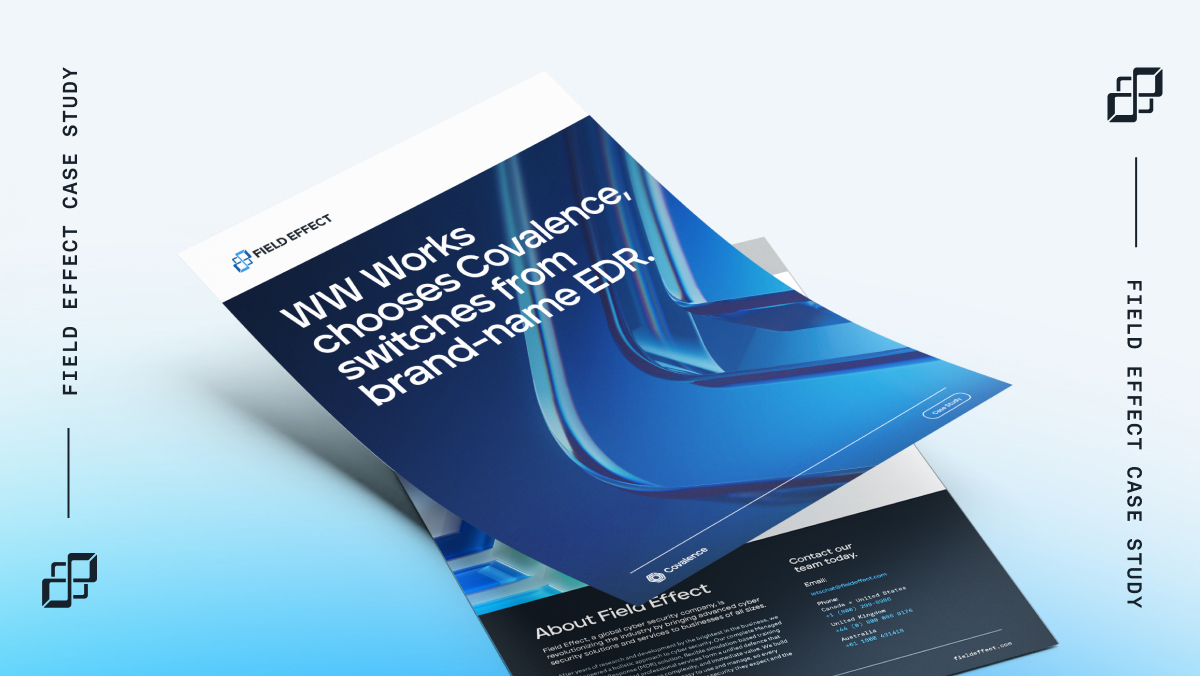
Case Study
WW Works chooses Covalence MDR, gets an experienced cyber security partner and easy-to-manage security solution priced...
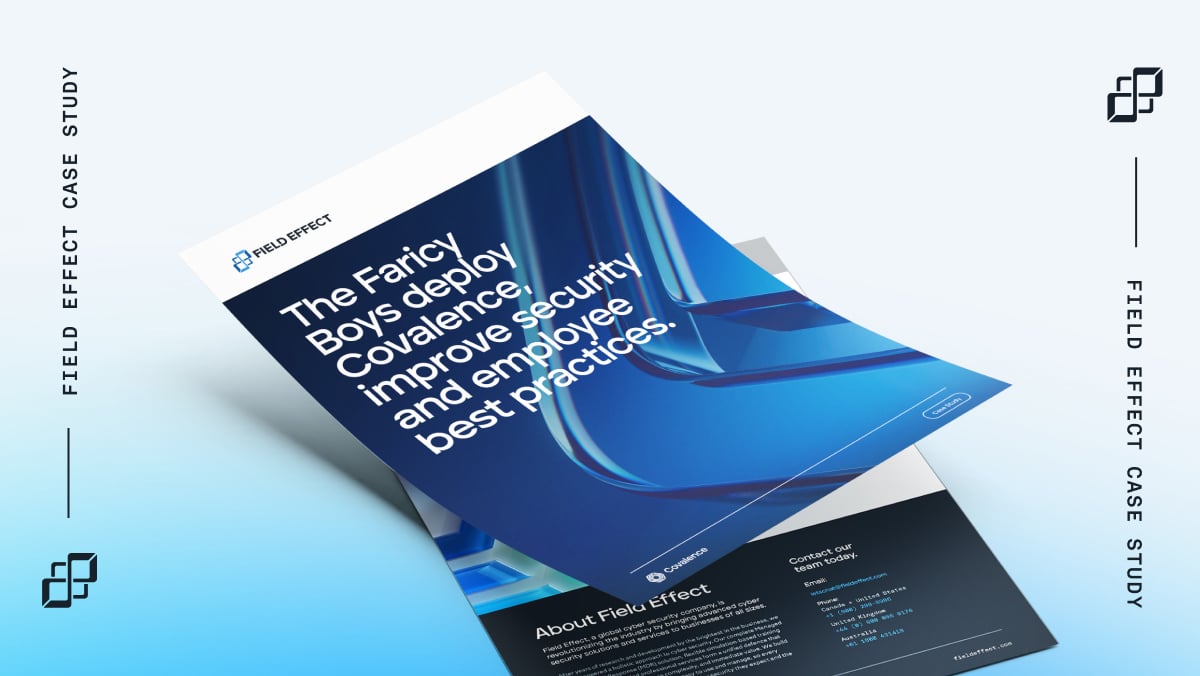
Case Study
Learn how The Faricy Boys, a family-owned third-generation car dealership, deployed Covalence to improve its cyber...

Case Study
Read why Terra Firma, a successful private equity firm, chose Covalence to keep its network, clouds, and endpoints...
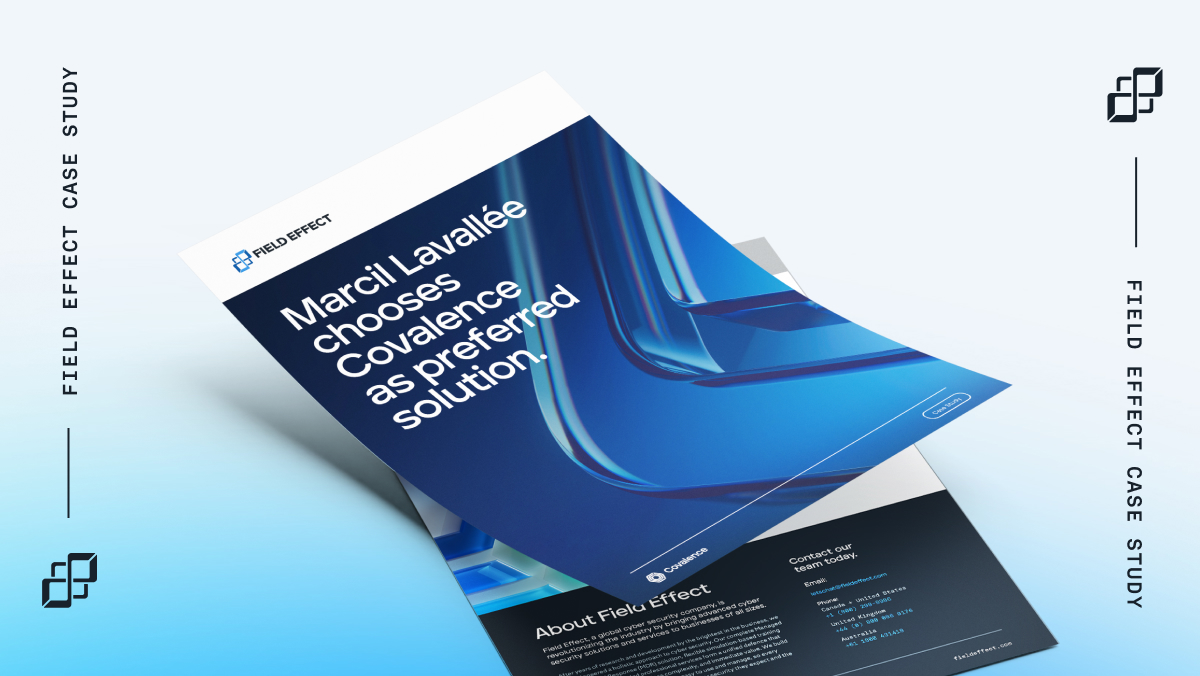
Case Study
Discover how Covalence helped Marcil Lavallée save significant time each week by improving the team's ability to...
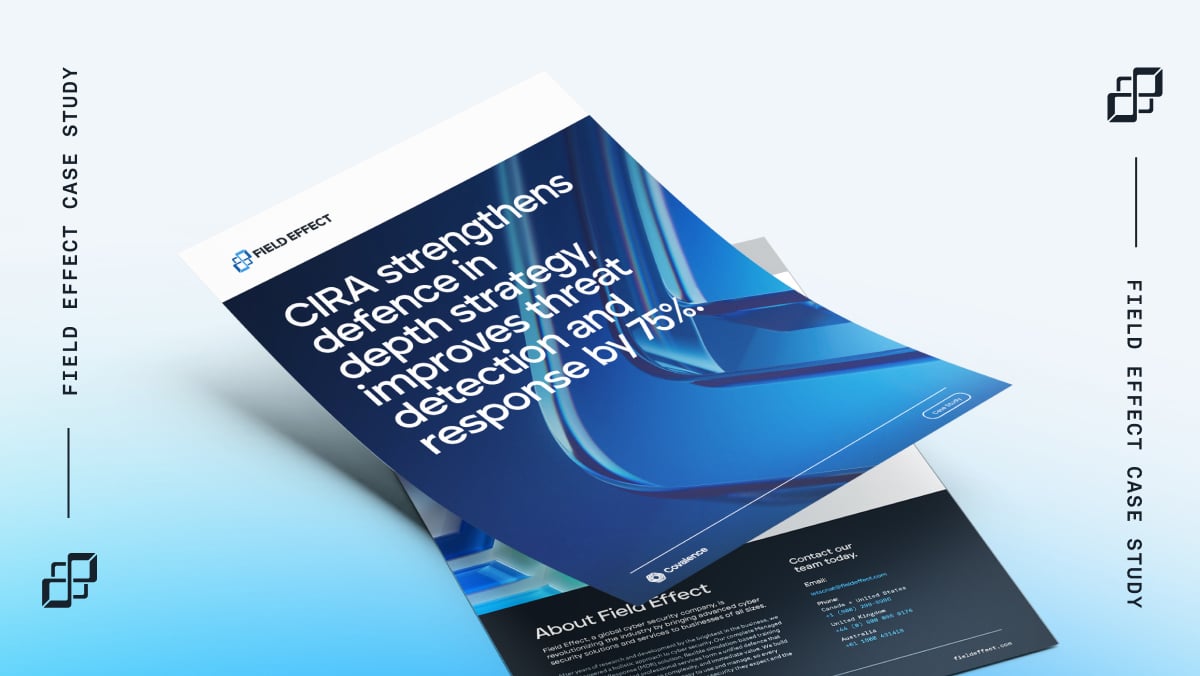
Case Study
Read how not-for-profit CIRA strengthened its defence-in-depth strategy while improving threat detection and response...
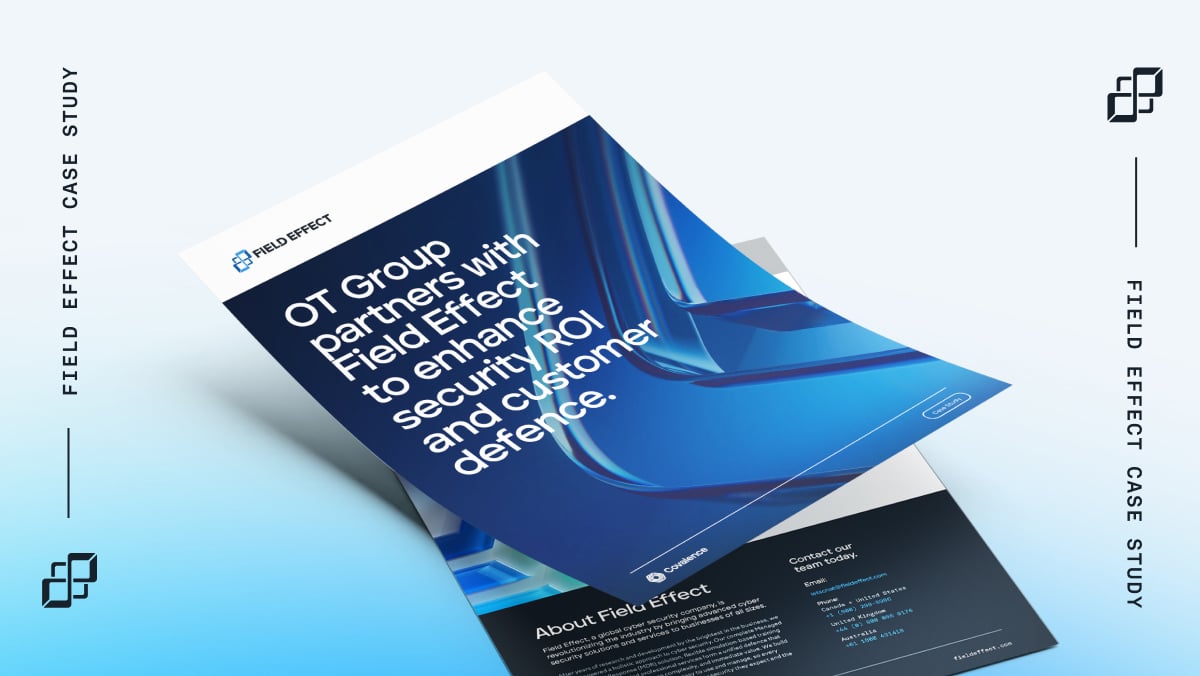
Case Study
After partnering with Field Effect, OT Group streamlined protection across networks, endpoints, and the cloud, and...
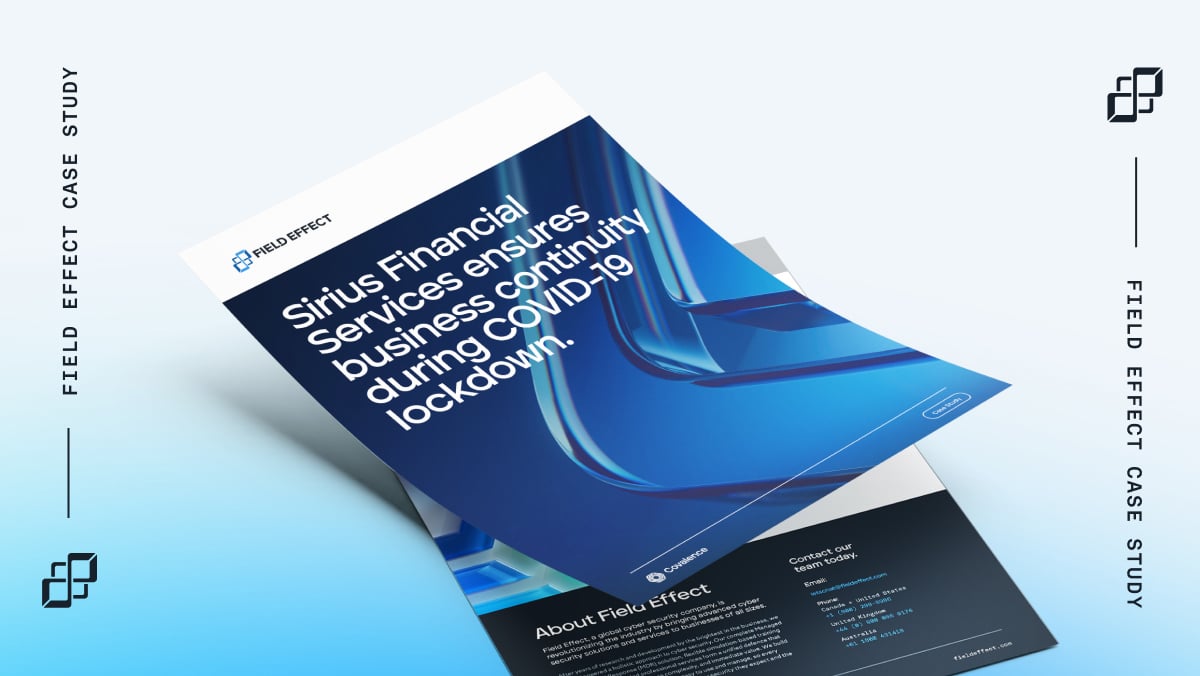
Case Study
Learn how Covalence enabled Sirius Financial Services to securely transition to a remote work environment and digital...